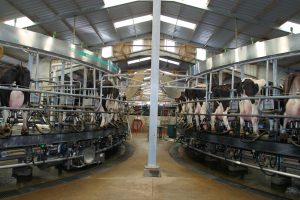By Heide Kennedy, Arizona Farm Bureau Communications Intern

Photo courtesy Chitokan via Pexels.
Any time that we have family from out-of-state to visit us in Arizona, they typically always want to have Mexican food at least once while they are here. Usually, the reason is because Arizona is one of the few places where you can actually get amazing, authentic Mexican food!
Besides being incredibly delicious, did you know that Mexican foods and the common ingredients such as grains, spices, legumes, and vegetables used in this cuisine are high in phenolic compounds? These phenolic compounds are plant micronutrients that play a role in energy metabolism, have anti-inflammatory and antiallergic properties, and positively impact diseases such as diabetes, obesity, metabolic syndrome, and cardiovascular diseases.
It’s important to note though that this doesn’t necessarily mean that all Mexican foods are healthy. For example, tortilla chips, deep-fried burritos, and quesadillas are still full of excess fats and simple carbs. But more traditional Mexican foods such as mole or rice, beans, and meats are definitely nutritious options.
So, enjoy your Mexican foods and all the phenolic compounds that they have to offer!
Check out the recipes page on the Fill Your Plate website for some healthy, delicious Mexican food ideas!





